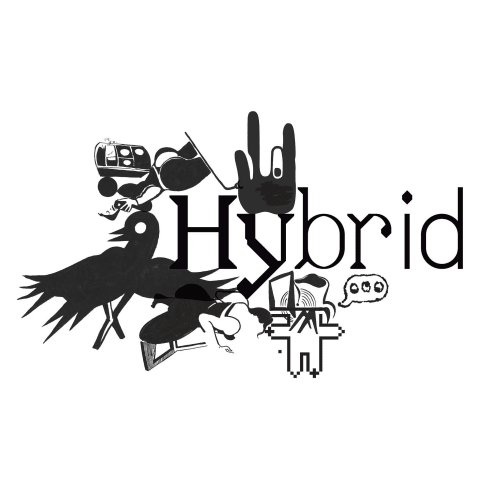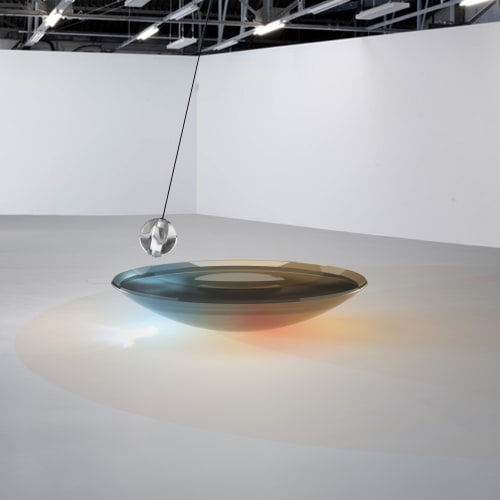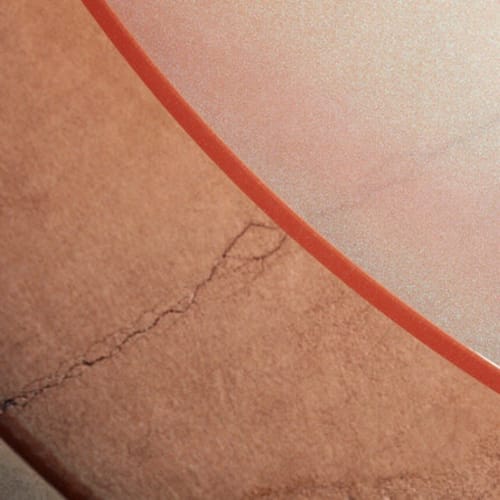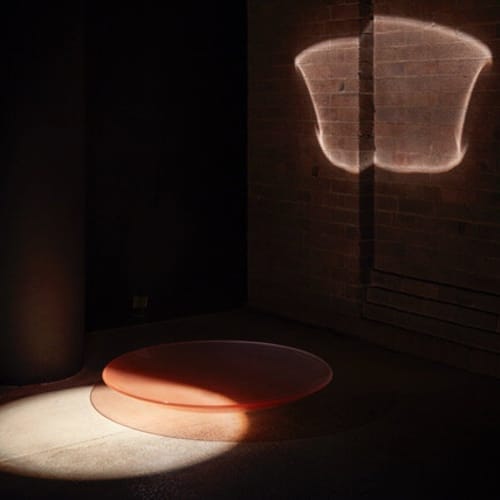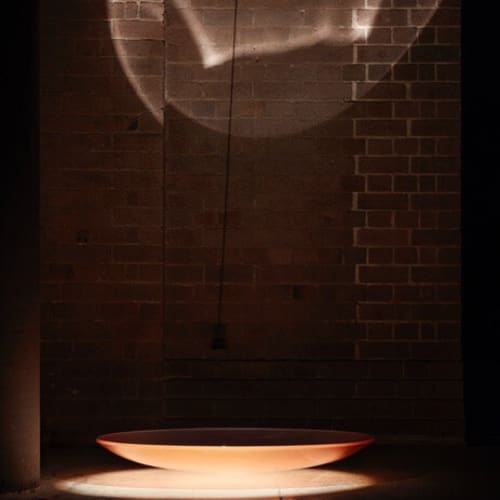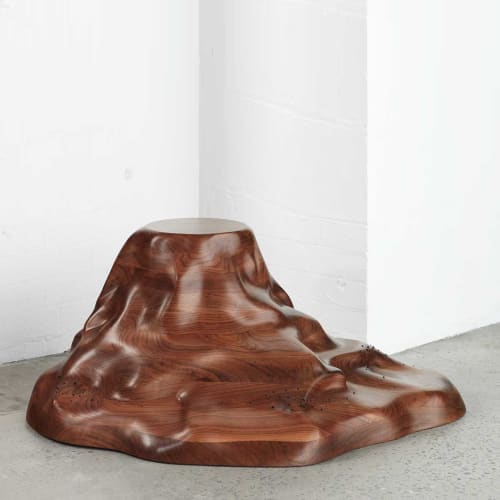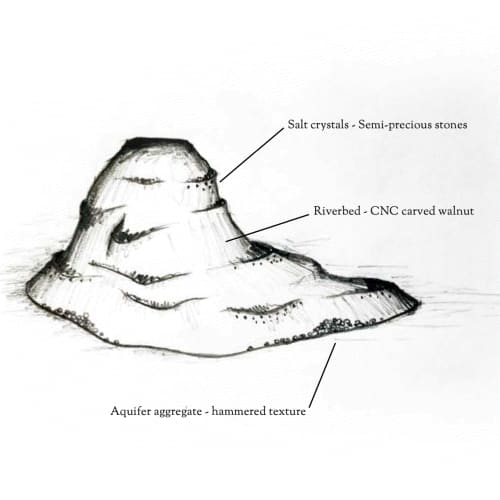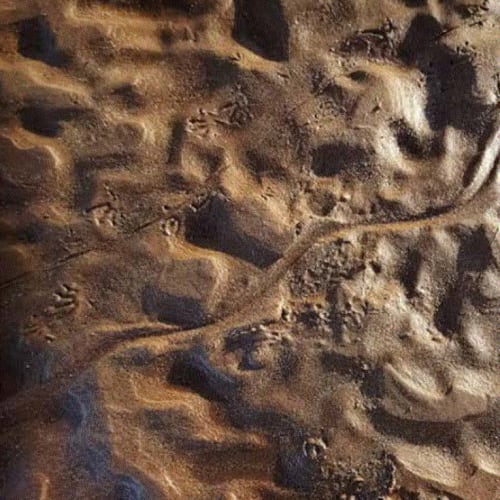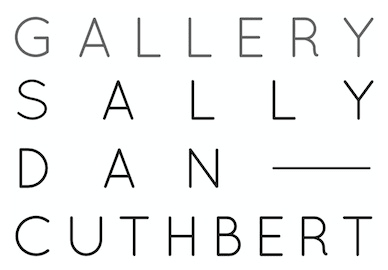POWERHOUSE MUSEUM
12 SEPTEMBER 2020 - 28 FEBRUARY 2021
Hybrid: Objects for Future Homes, is an exhibition commissioned by the Powerhouse to explore the evolving needs for furniture and objects in households in 2030. The exhibition addresses universal issues of pandemic, poor air quality, bushfires, rising temperatures and general wellbeing. This exhibition features the collaborative works of Trent Jansen & Johnny Nargoodah and Rive Roshan & Emmaline Cox.
Rive Roshan & Emmaline Cox
The collaboration of Rive Roshan & Emmaline Cox has resulted in a design that invites nature into the home through the manipulation of light. The sculptural series involves the use of carefully designed parabolic domes that reflect light in various positions, dependent on the swinging pendulum light. This change of lighting caused by the swinging movement was inspired by the views seen by Rive Roshan in their canal-side apartment in Amsterdam. Whilst in lockdown, they marvelled at the sunlight bouncing off the water and into their home, creating rippled reflections across their walls and ceilings. Similarly, as the light is thrown through the room by the varying angles of the pendulum, the artwork is reflected on the walls and its reach is extended beyond its physical boundaries.
The pendulum is based on a design by French physicist Léon Foucault in 1851, used to prove the Earth’s rotations. As the pendulum light swings over each dome, it imitates the earth’s rotations around the sun and the shadows it creates. Working with Sydney-based Cox, the glass domes were treated with bespoke mica and reflected mirror coatings to create the delicate forms reflected by the light.
Trent Jansen & Johnny Nargoodah
After their first successful collaborative exhibition, Partu (skin), Trent Jansen & Johnny Nargoodah have come together again to create a side table for the Hybrid exhibition. The avant-garde object designer, Jansen, and leather worker, Nargoodah, have come together to create a side table inspired by the silt bed of the Fitzroy River in the Kimberley region of Western Australia.
Nargoodah was inspired by the Fitzroy River in the Kimberley region as it is a site of local significance that is being affected by the shifting climate. The region is seen to be experiencing a shift from regular but manageable rainfall to extreme monsoonal rainfall in summer, followed by dry weather over winter. The shift in weather has caused many issues including flooding during the wet months, causing people to be stranded in town or a reduced habitat for fish species in the dry months, some being left beached in the dry river bed.
Salinity of the river is also noticed by Nargoodah to be changing as he regularly notices dry salt crystals on its banks. The increase in salinity are attracting new marine animals such as bull sharks and salt water crocodiles, to a stretch of river that had previously only ever been a home to the fresh water variety.
Observations of the physical environment made by Jansen and Nargoodah created a deep understanding of the textures, forms and tonality of the river. In consideration of the drying climate and increasing salinity, most observations were made in the river’s dry state or transition to its dry state. As the river dries, an organic texture is created where the final trickles of water flow through, creating a detailed recording of the water’s path. This organic texture has been used to inspire the form of the side table. Nargoodah’s observations of the dry salt crystals have also informed the use of Glen Innes black spinel gem stones on the side table as a subtle adornment in its undulating surface.
